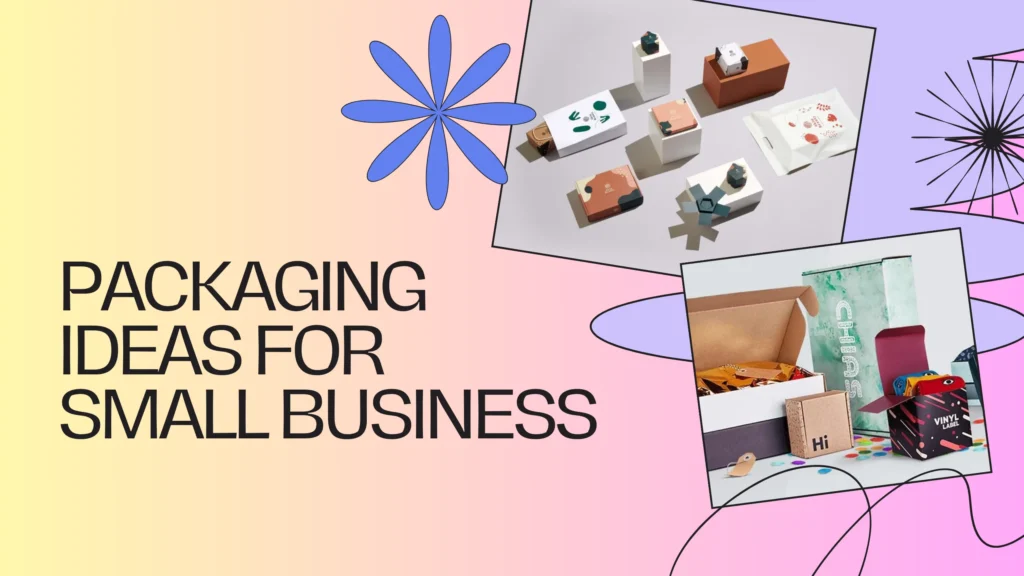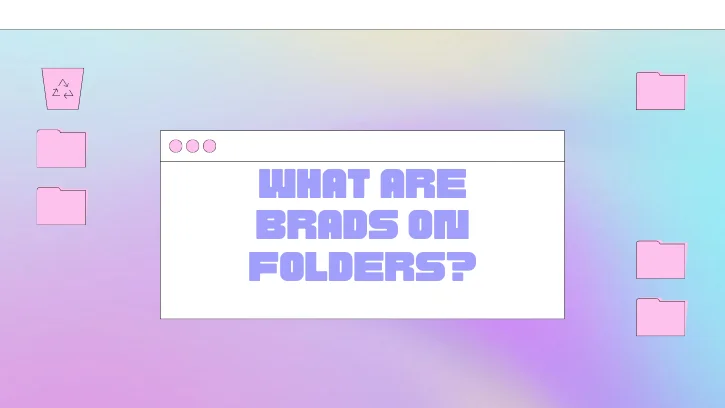Packaging is a crucial element for small businesses, influencing not only the protection and delivery of products but also the customer’s first impression and overall brand experience. Effective packaging can enhance your brand’s image, attract new customers, and build loyalty. Here are some innovative and practical packaging ideas tailored for small businesses.
1. Eco-Friendly Packaging
Recycled Materials
Using recycled materials for packaging is a sustainable choice that appeals to environmentally conscious consumers. You can source recycled paper, cardboard, and plastics to create your packaging. Highlighting this eco-friendly choice on your packaging can enhance your brand’s reputation and attract like-minded customers.
Biodegradable and Compostable Options
Biodegradable and compostable packaging materials, such as plant-based plastics and paper, break down naturally without harming the environment. These options are becoming increasingly popular and can set your small business apart as a leader in sustainability.
Minimalist Design
Minimalist packaging reduces waste by using fewer materials. This approach can also create a sleek and modern look that appeals to customers. Minimalist design often involves simple, clean lines and limited use of colors and graphics.
2. Custom and Branded Packaging
Custom Boxes
Custom boxes printed with your logo, brand colors, and unique design elements can create a memorable unboxing experience. Investing in custom packaging not only reinforces your brand identity but also adds a professional touch to your products.
Branded Tape and Labels
Even if you use plain boxes, branded tape and labels can be a cost-effective way to personalize your packaging. Custom tape with your logo and brand colors can make your packages stand out and reinforce your brand every time a customer receives a delivery.
Personalized Messages
Including personalized messages in your packaging can create a connection with your customers. A simple “Thank you for your purchase” note, signed by hand or with the customer’s name, can make the experience feel more personal and appreciated.
3. Functional and Practical Packaging
Reusable Packaging
Packaging that can be reused by customers adds value and reduces waste. Consider using packaging that serves a secondary purpose, such as fabric bags, jars, or sturdy boxes that can be repurposed for storage.
Easy-to-Open Design
Packaging that is difficult to open can frustrate customers and detract from their experience. Ensure your packaging is user-friendly, with easy-to-open features such as tear strips, tabs, or perforations.
Protective Packaging
While aesthetics are important, ensuring your products arrive in perfect condition is paramount. Use packaging that protects your products during transit, such as bubble wrap, foam inserts, or corrugated cardboard.
4. Creative and Unique Packaging
Innovative Shapes and Designs
Thinking outside the box—literally—can make your packaging stand out. Consider unique shapes and designs that reflect your brand’s personality and make your products more appealing. For example, hexagonal boxes, pyramid-shaped packaging, or tubes can add a creative touch.
Interactive Packaging
Interactive packaging engages customers and creates a memorable experience. This can include packaging that transforms into something else, like a toy or a decoration, or packaging with hidden messages and games.
Themed Packaging
Themed packaging can create excitement and relevance, especially around holidays or special events. For example, seasonal designs for Christmas, Halloween, or other celebrations can make your products more attractive and timely.
5. Cost-Effective Packaging Solutions
Bulk Purchasing
Buying packaging materials in bulk can reduce costs. Look for suppliers that offer discounts for larger orders and consider partnering with other small businesses to purchase materials collectively.
Simple and Elegant Solutions
Sometimes, less is more. Simple and elegant packaging can be both cost-effective and visually appealing. Focus on high-quality materials and thoughtful design rather than overly complex and expensive packaging.
DIY Packaging
For very small businesses, DIY packaging can be a creative and cost-effective solution. Hand-stamping your logo onto plain boxes or bags, using decorative ribbons or twine, and adding handwritten notes can create a unique and personal touch without breaking the bank.
6. Digital Integration
QR Codes
Incorporate QR codes into your packaging to connect with customers digitally. QR codes can link to your website, social media pages, or special offers, providing an interactive element to your packaging.
Augmented Reality (AR)
Augmented reality can take your packaging to the next level. By scanning a QR code or using an AR app, customers can experience interactive content such as 3D models, videos, or animations related to your product.
NFC Technology
Near Field Communication (NFC) technology can be embedded in packaging to provide additional information or interact with customers’ smartphones. This technology can be used to share product details, instructions, or special promotions.
7. Packaging for E-commerce
Lightweight and Durable Packaging
For e-commerce businesses, it’s important to balance durability with weight. Lightweight packaging reduces shipping costs, while durable materials ensure products arrive safely. Consider using padded mailers, poly mailers, or lightweight corrugated boxes.
Return-Friendly Packaging
Facilitate easy returns by designing packaging that can be reused for returns. Include clear instructions and a return label to streamline the process and enhance customer satisfaction.
Subscription Box Packaging
If your business offers subscription boxes, focus on creating a memorable unboxing experience. Use custom-printed boxes, branded tissue paper, and small gifts or samples to delight your customers each month.
8. Regulatory Compliance
Safety and Compliance Labels
Ensure your packaging includes all necessary safety and compliance labels, especially for products such as food, cosmetics, and electronics. This not only meets legal requirements but also builds trust with customers.
Clear and Accurate Information
Provide clear and accurate information on your packaging, including ingredients, usage instructions, and expiration dates. Transparency is key to building customer trust and loyalty.
Barcode and SKU Integration
Integrate barcodes and SKU numbers into your packaging to streamline inventory management and improve efficiency in your supply chain.
Conclusion
Packaging is a vital component of your small business’s branding and customer experience. By considering eco-friendly options, customizing your packaging, ensuring functionality, and integrating digital elements, you can create packaging that not only protects your products but also delights your customers and reinforces your brand. Investing in thoughtful and innovative packaging solutions can set your small business apart, driving customer satisfaction and long-term success.


